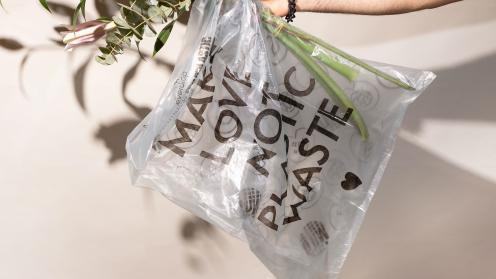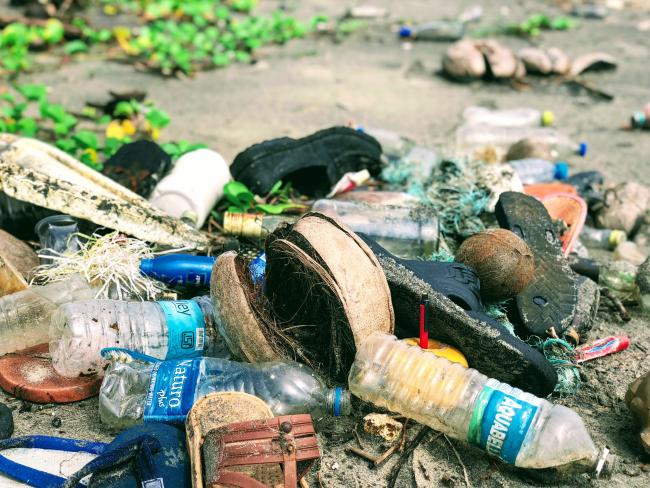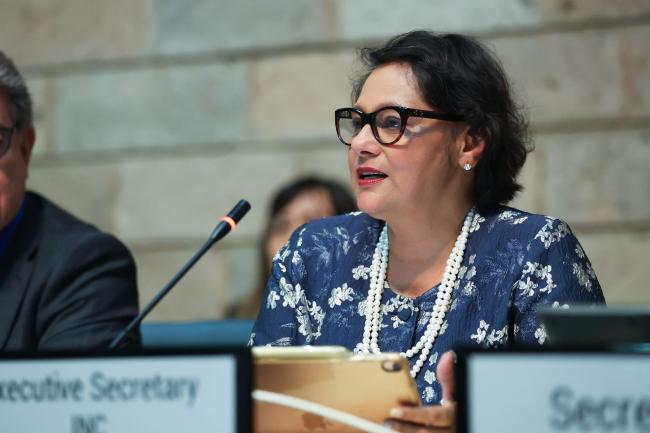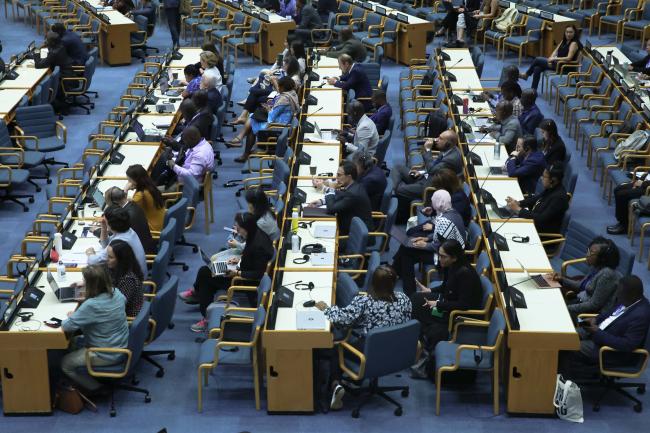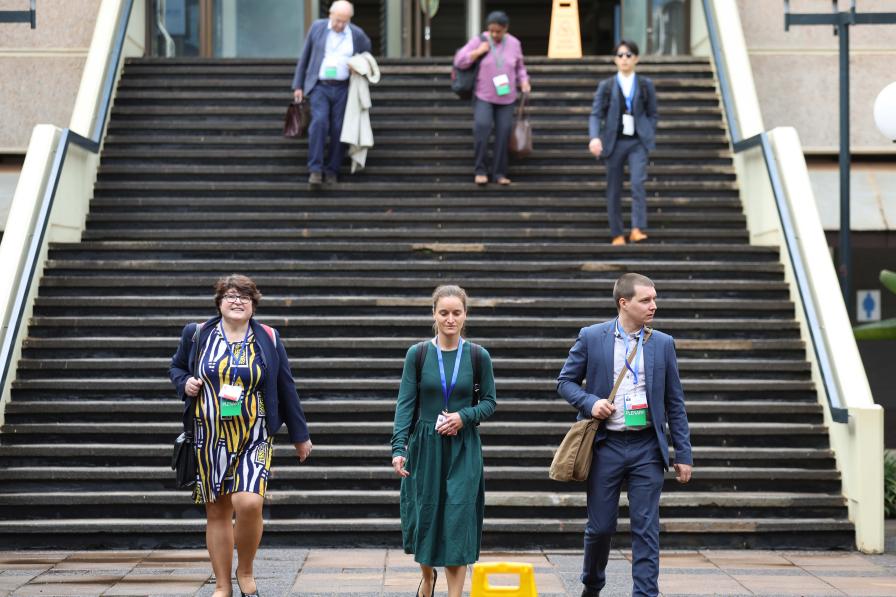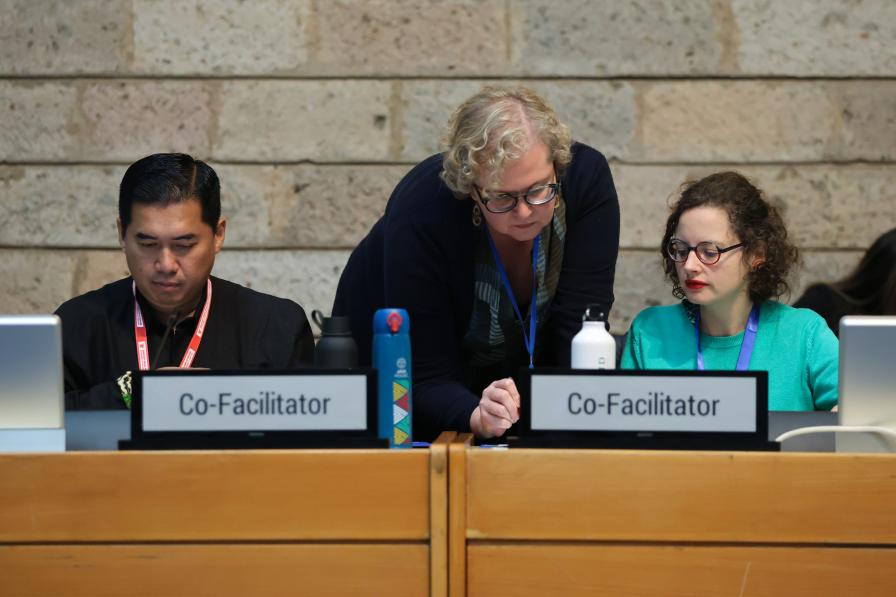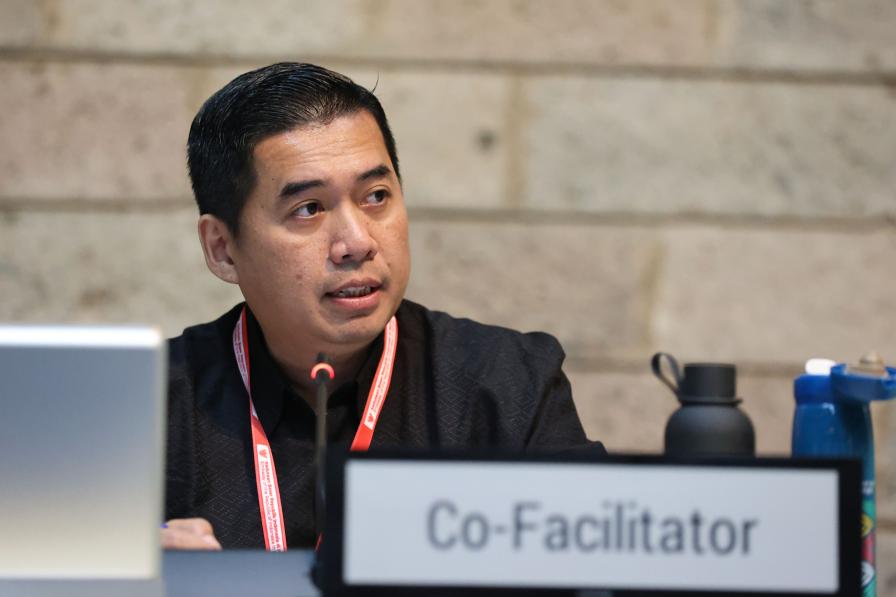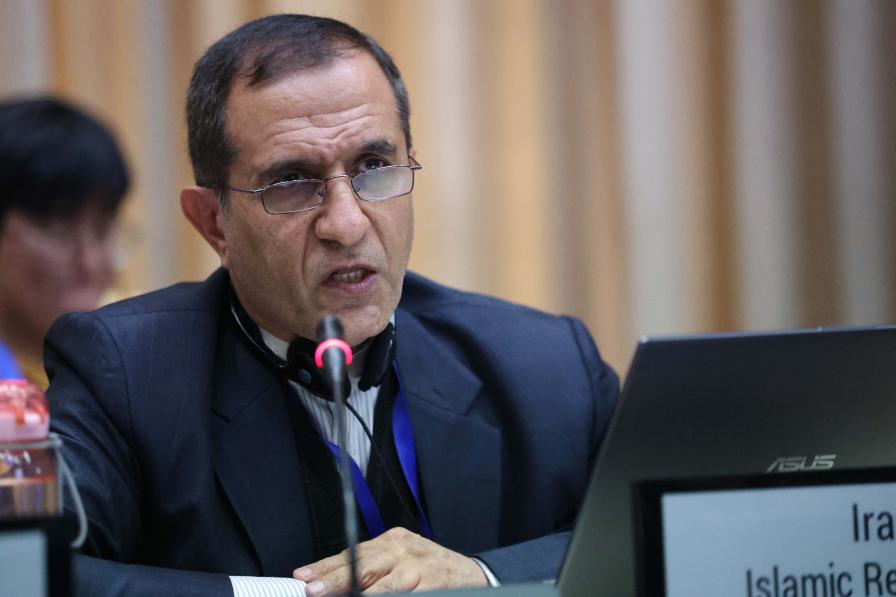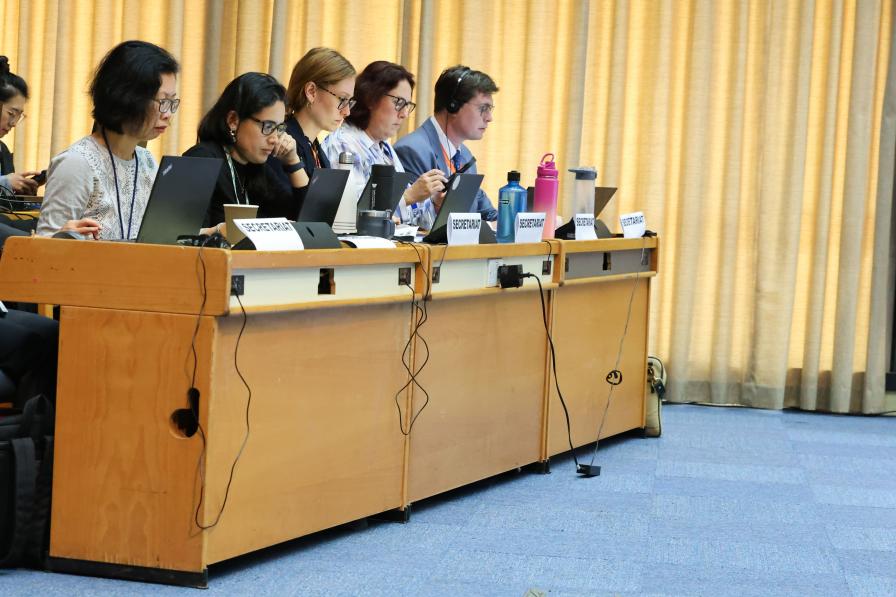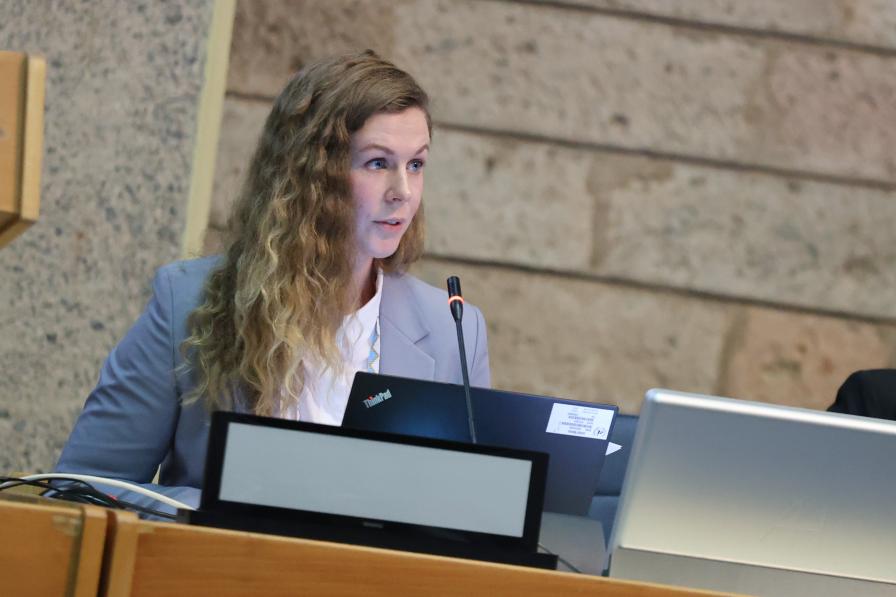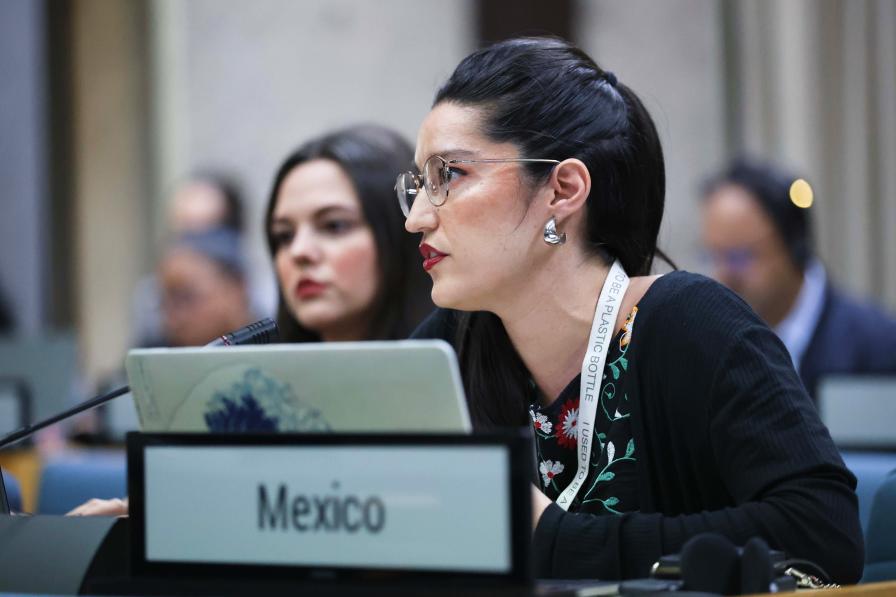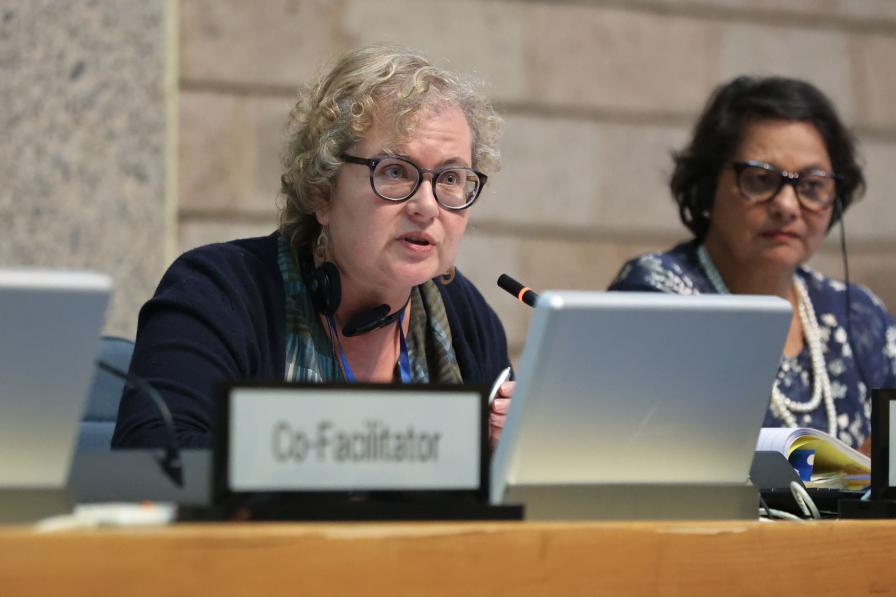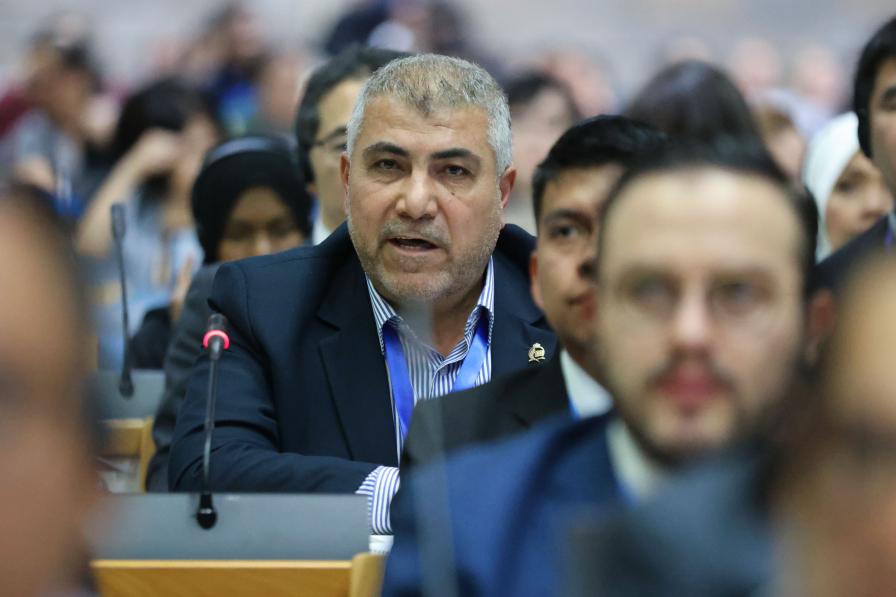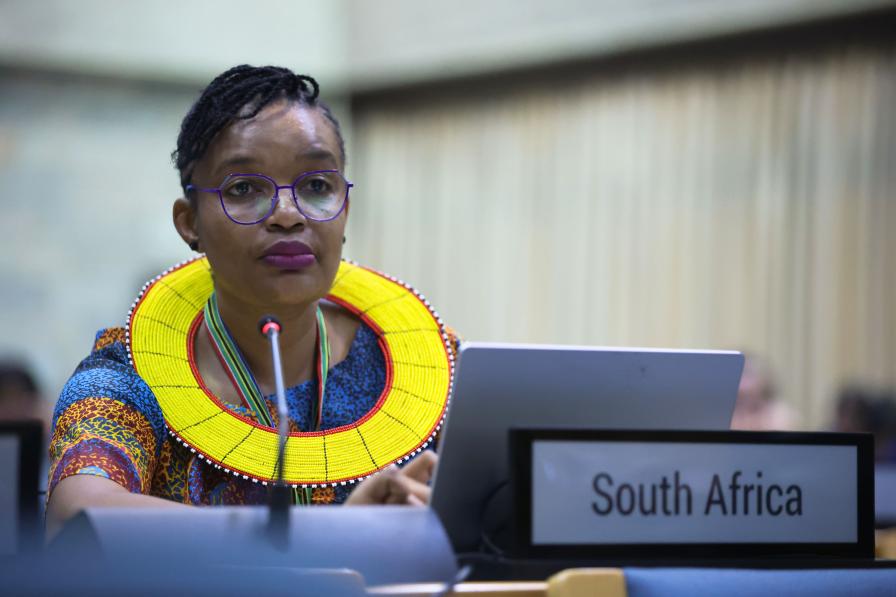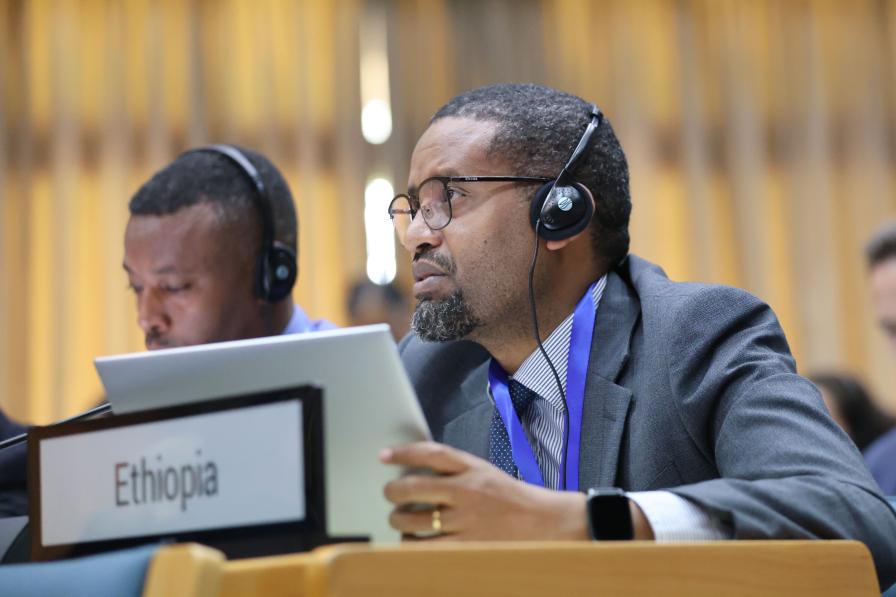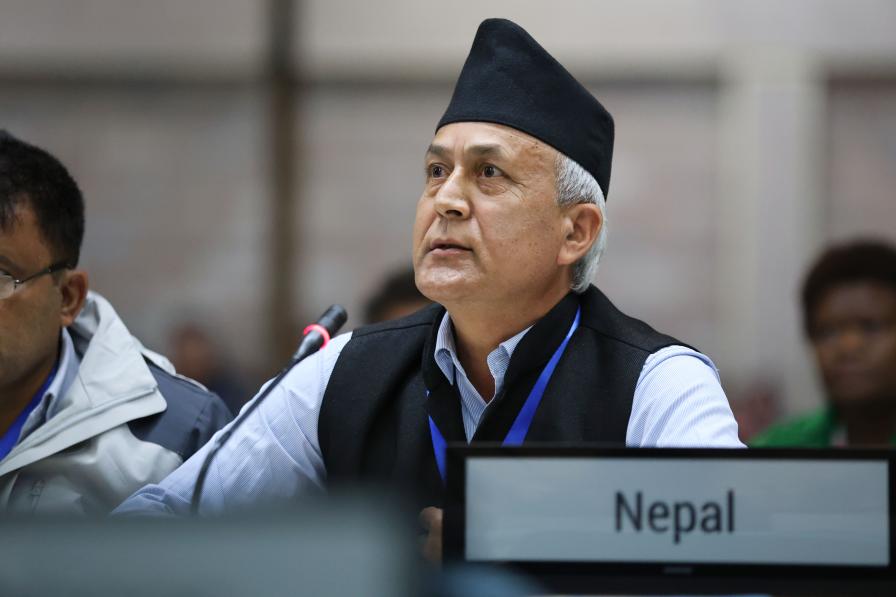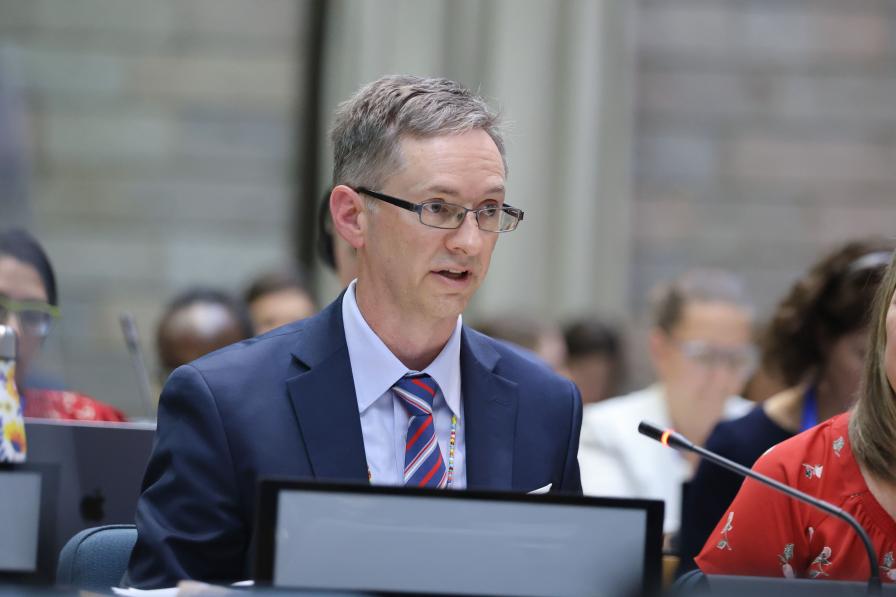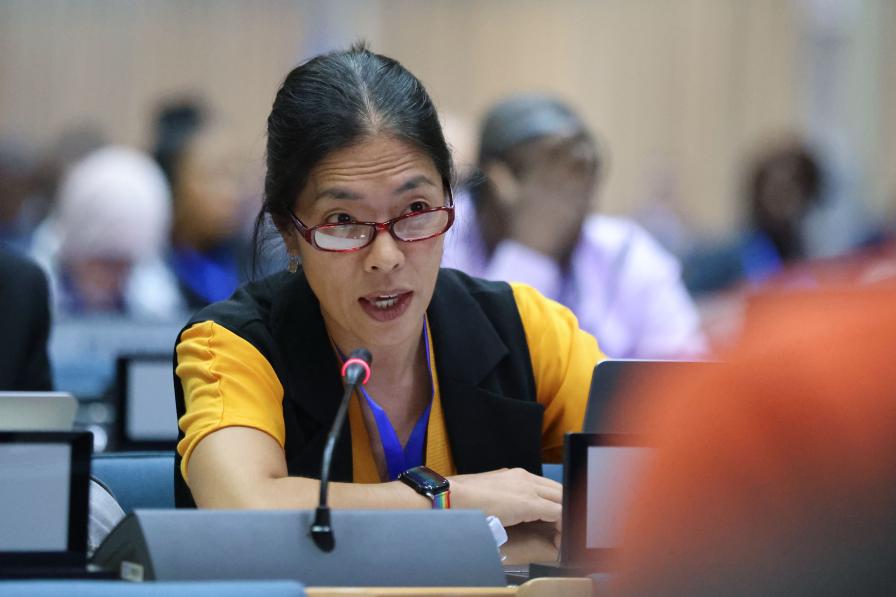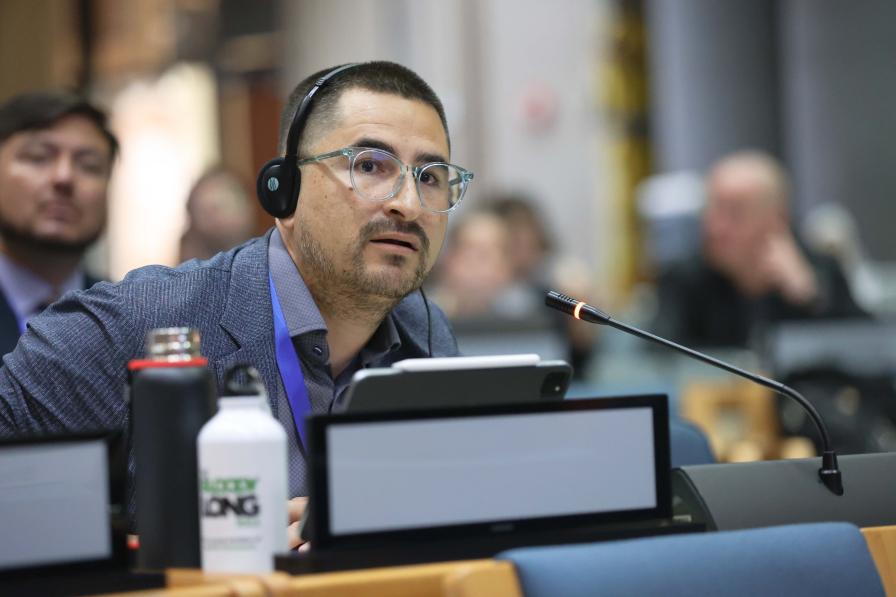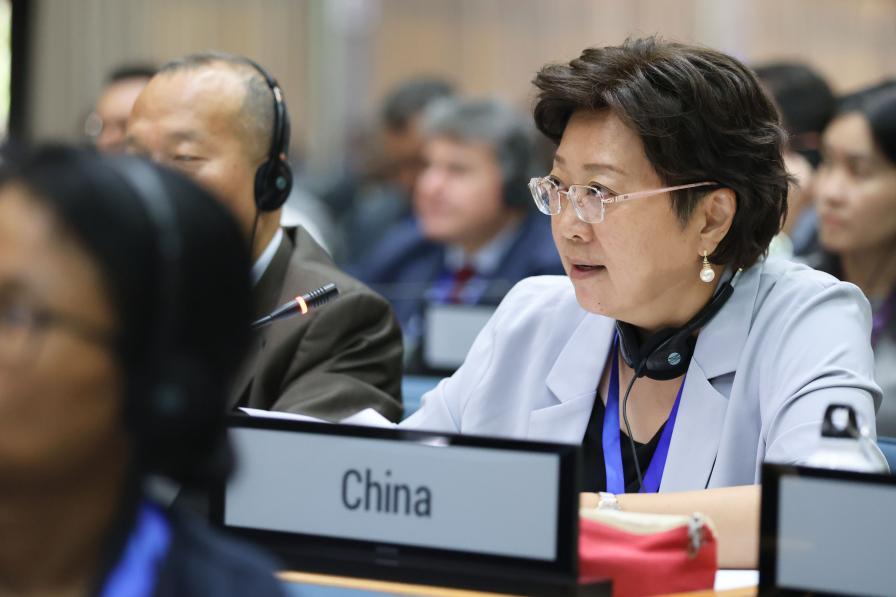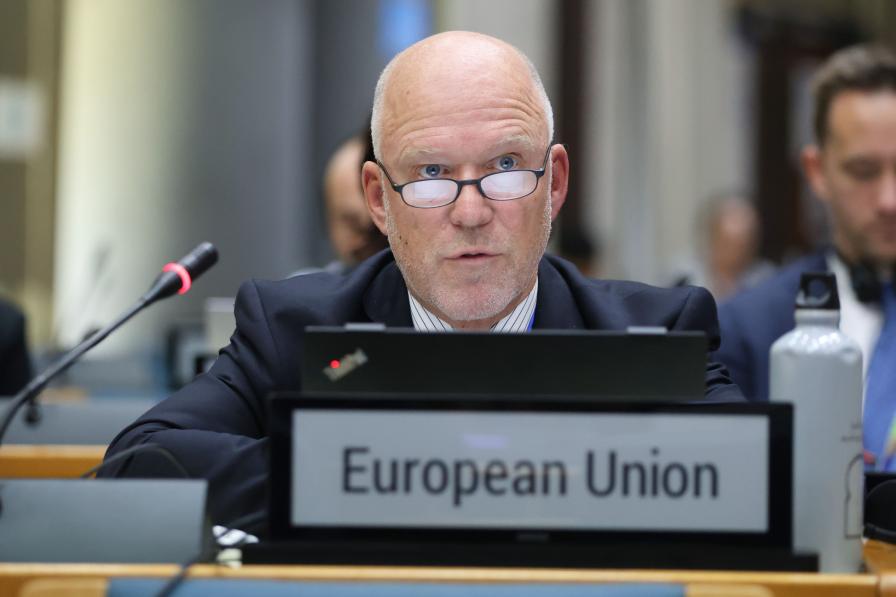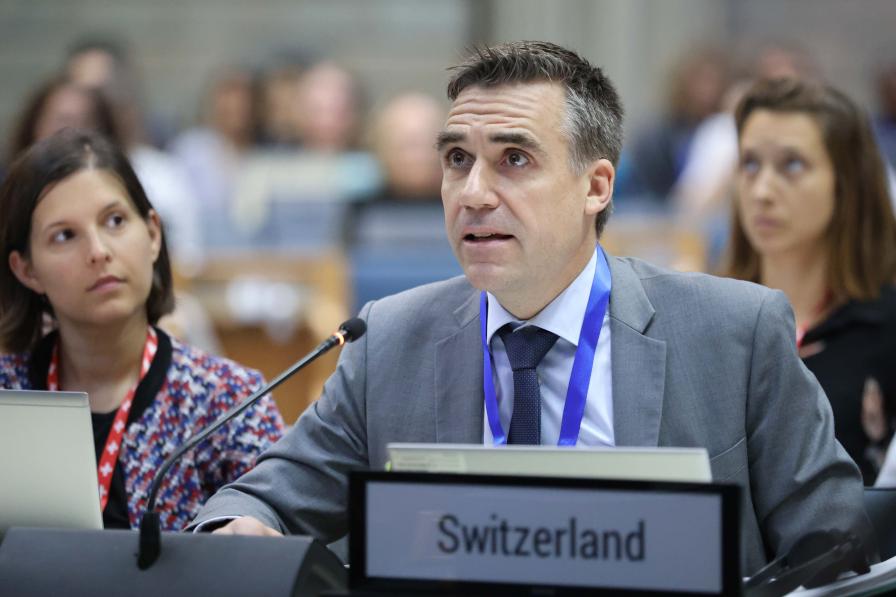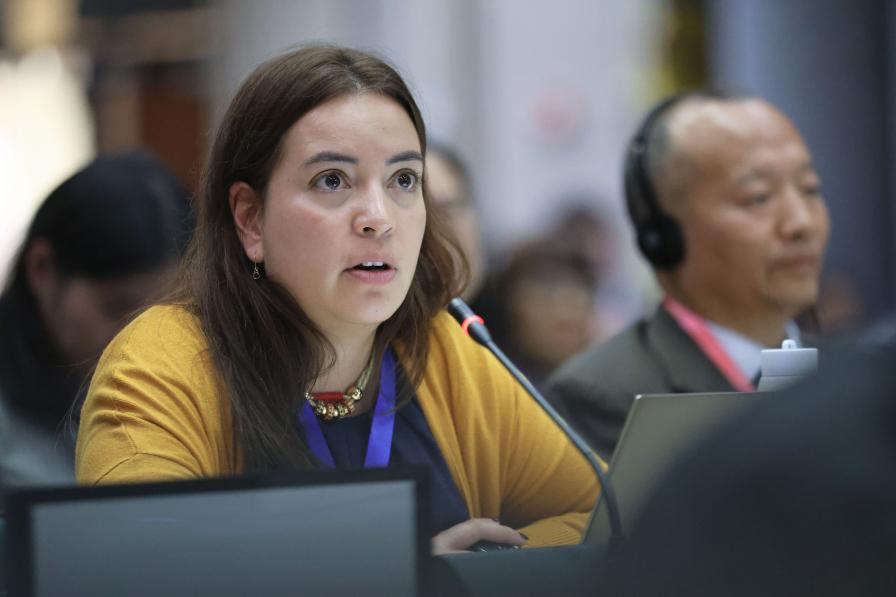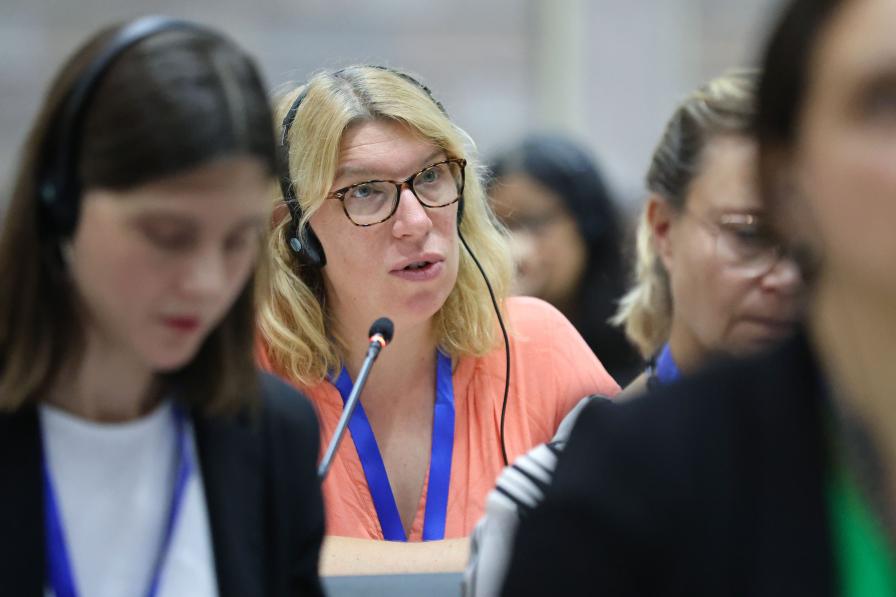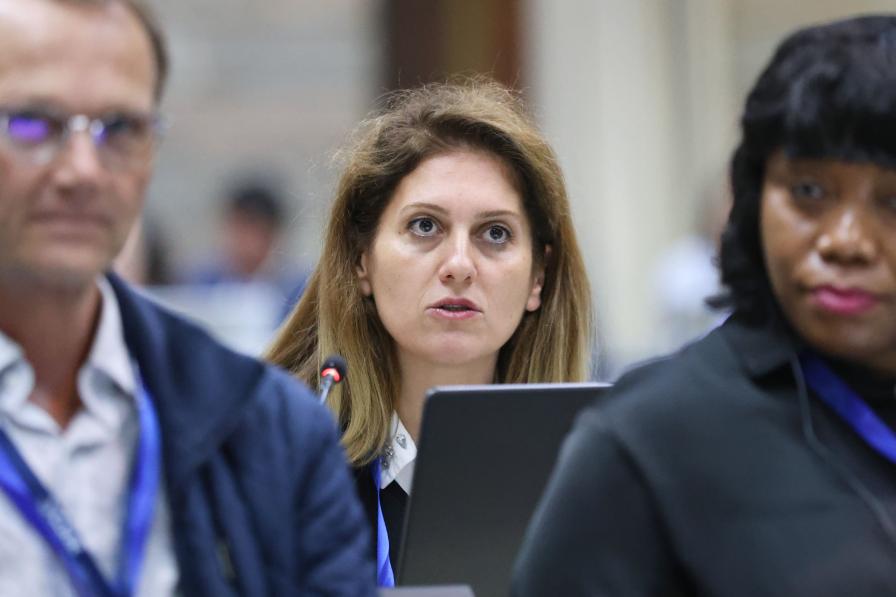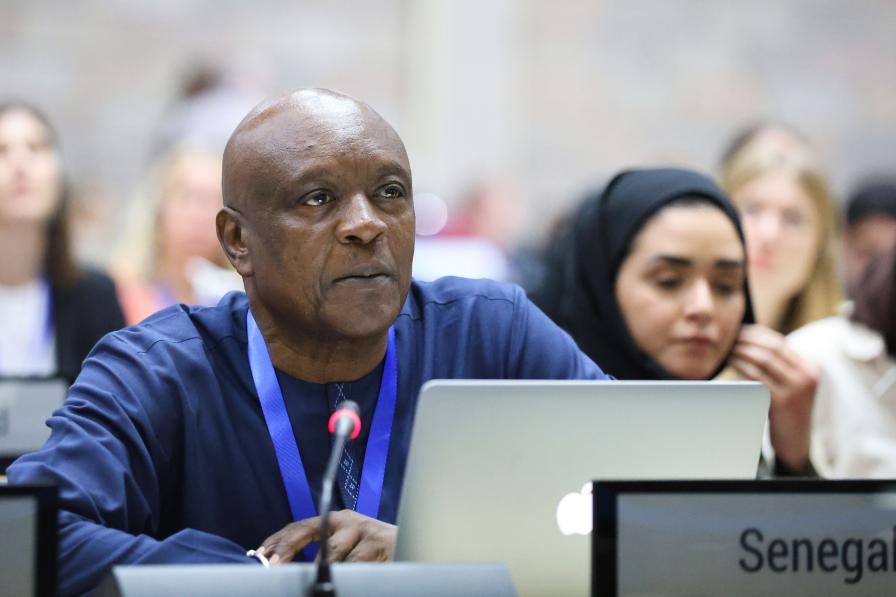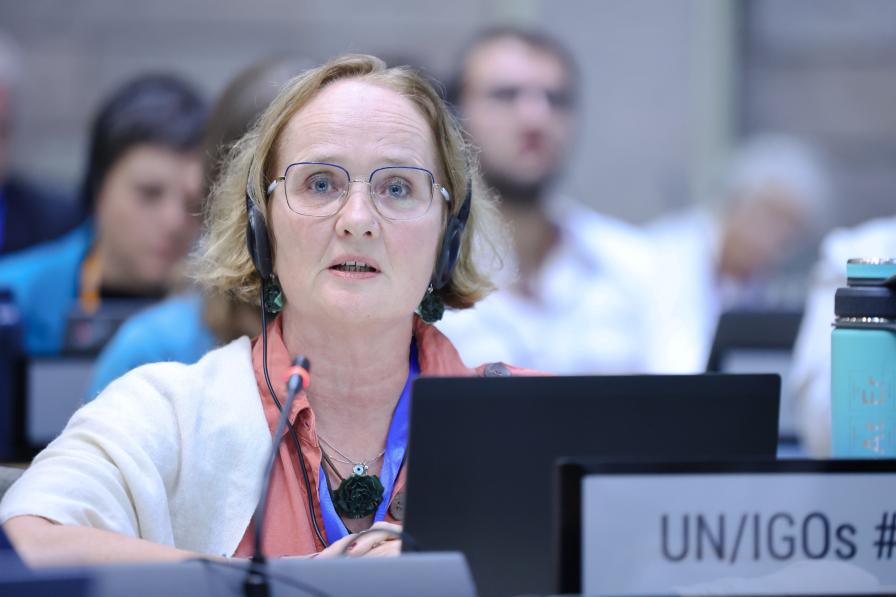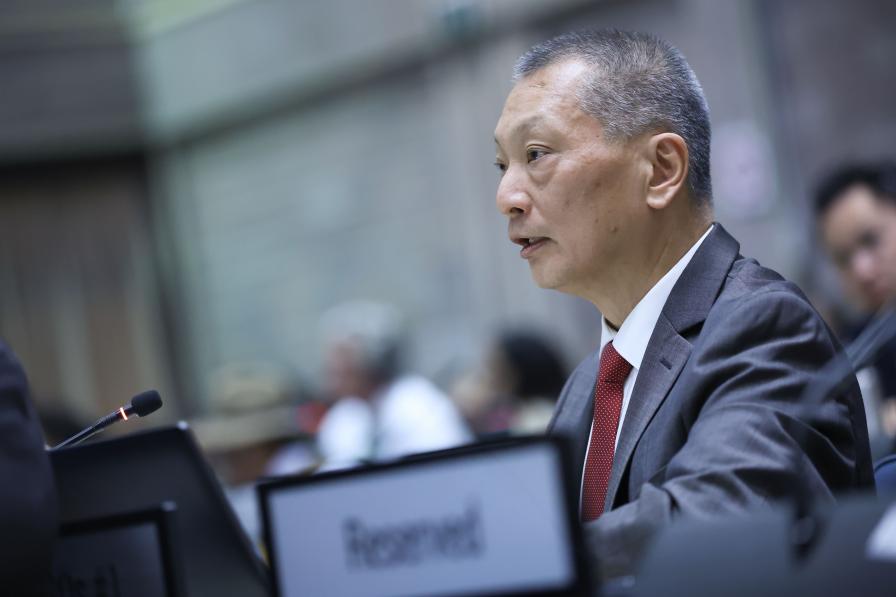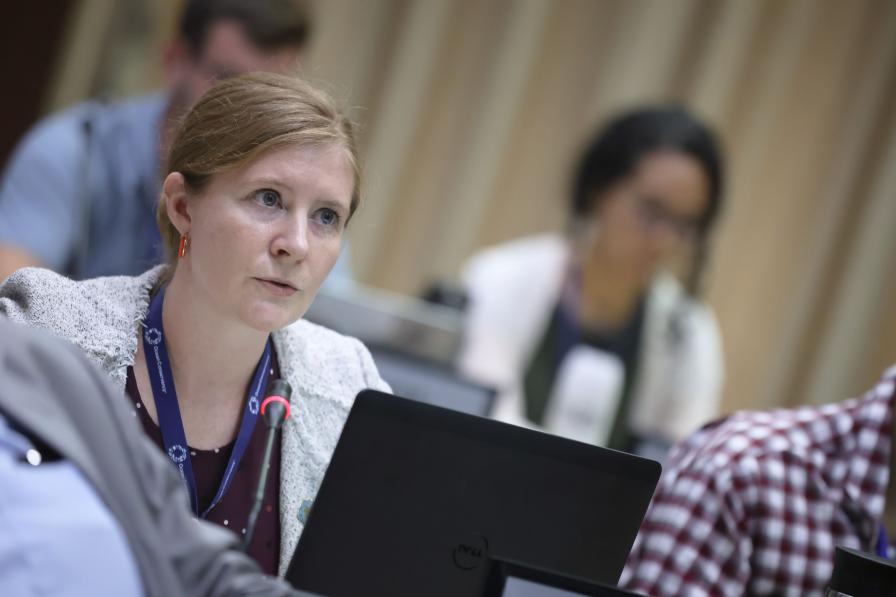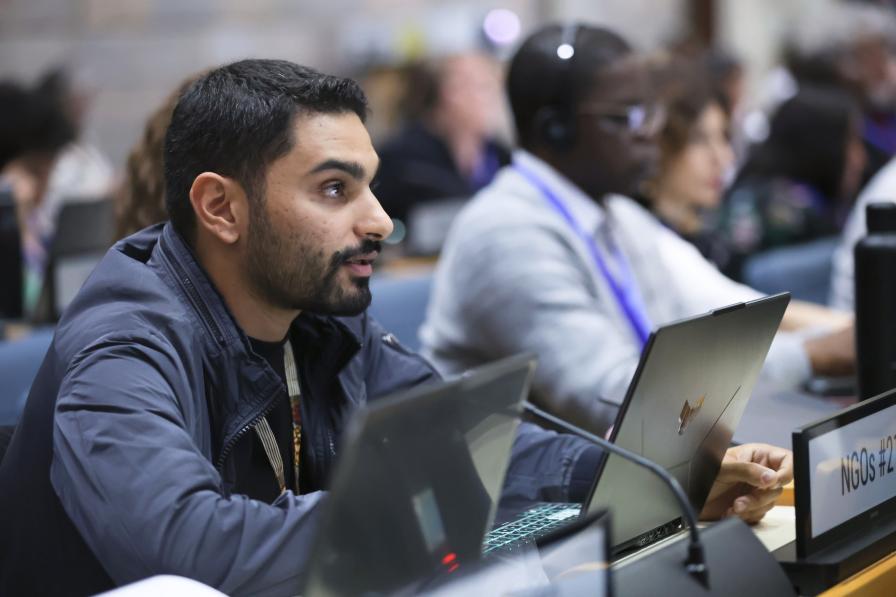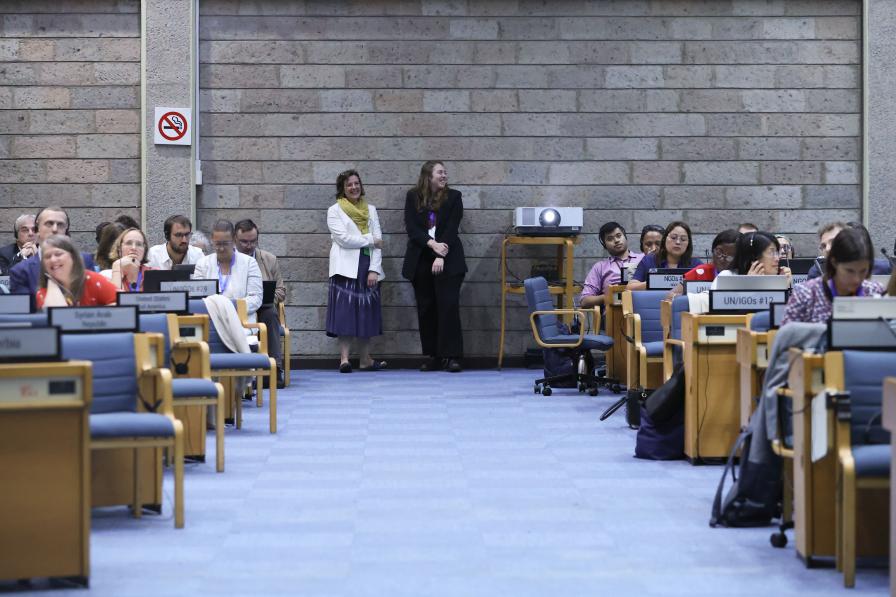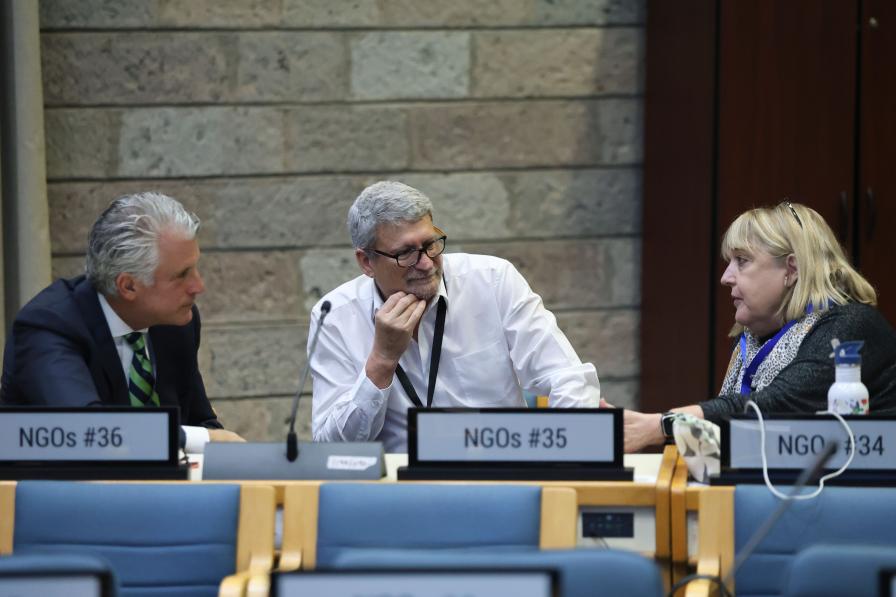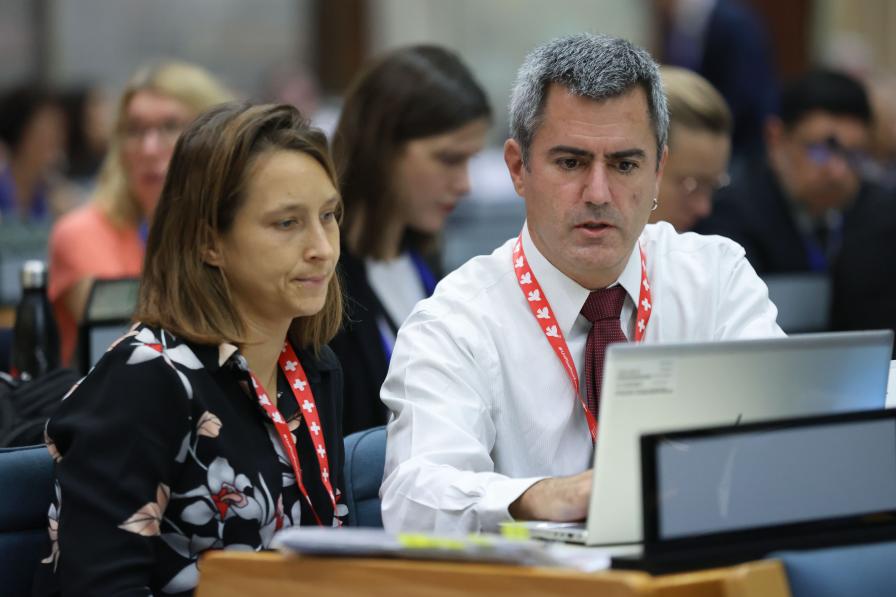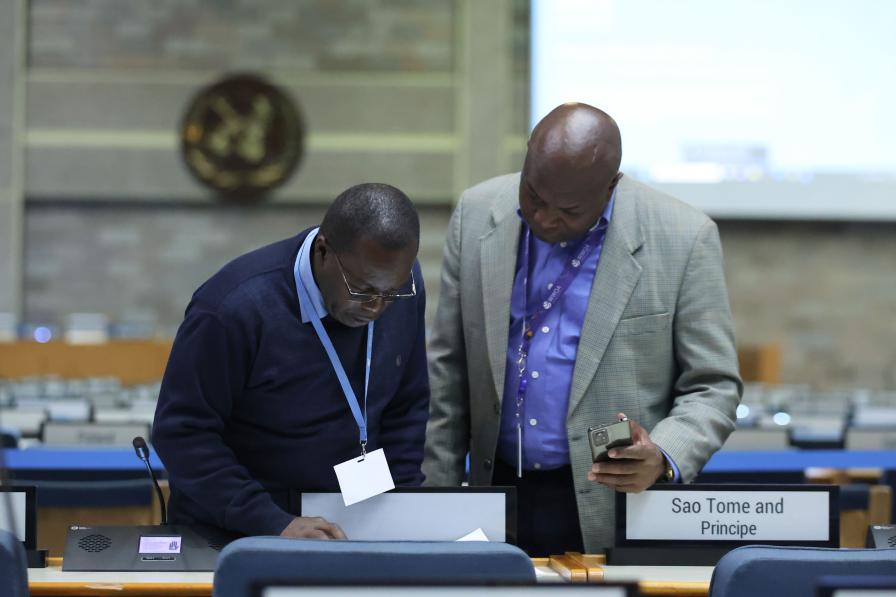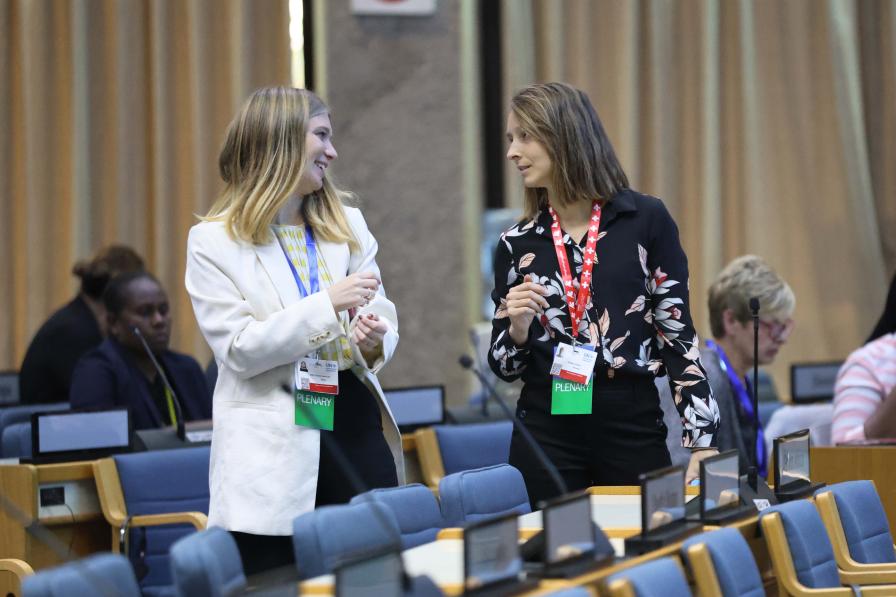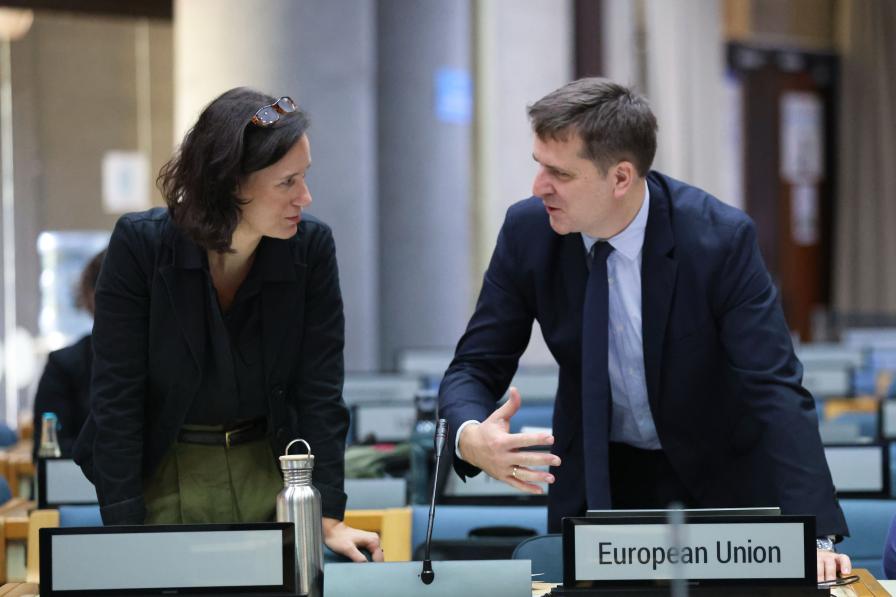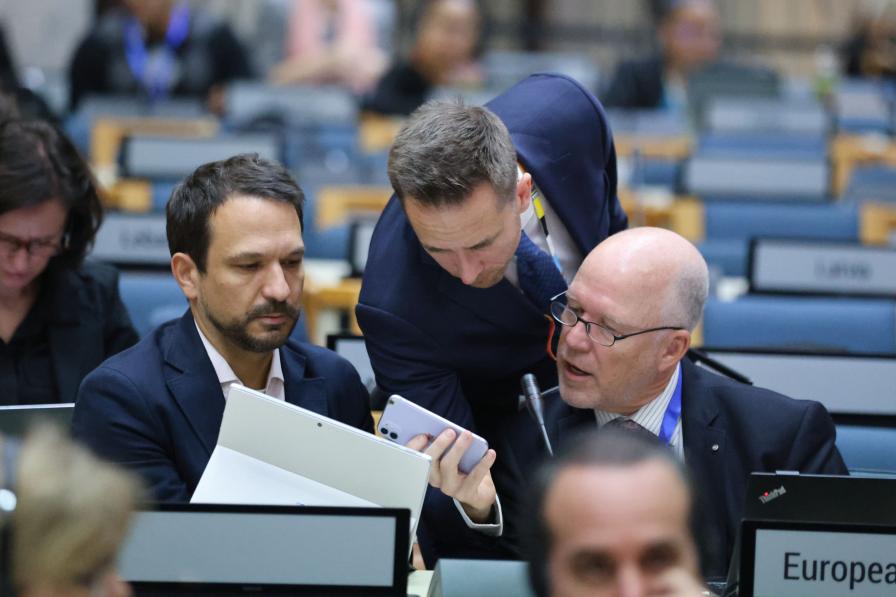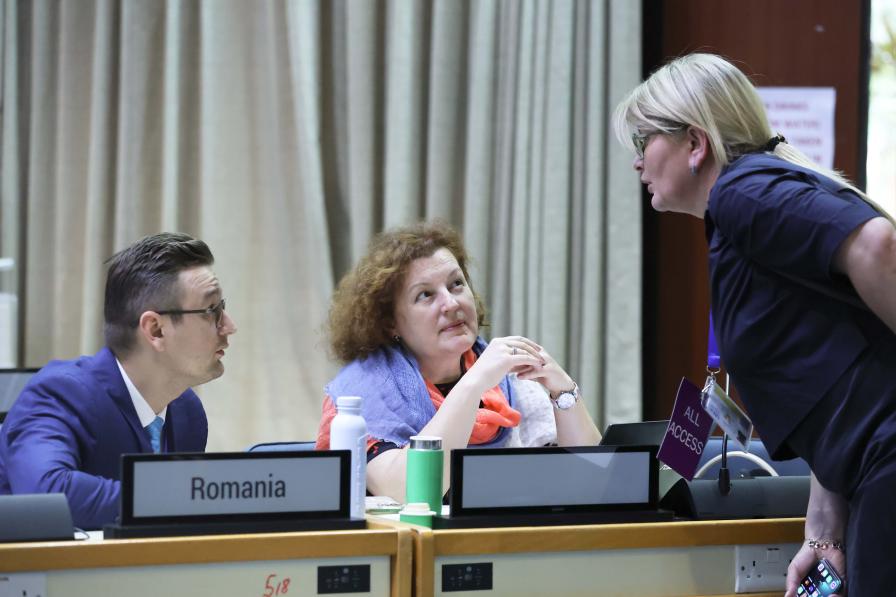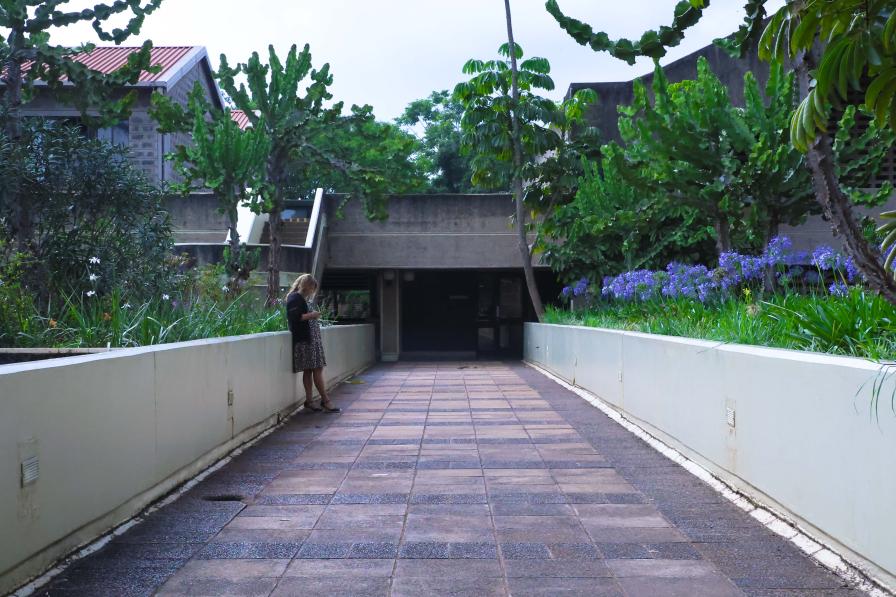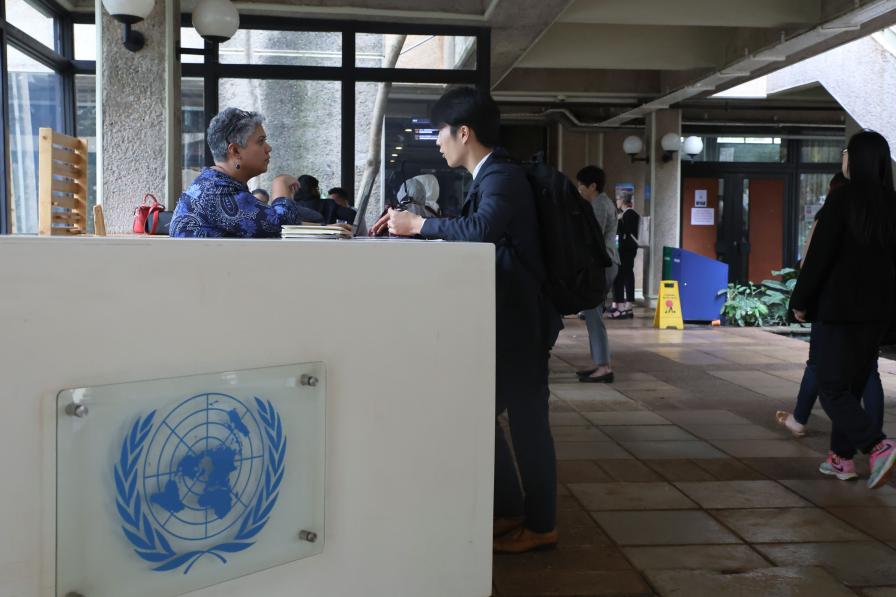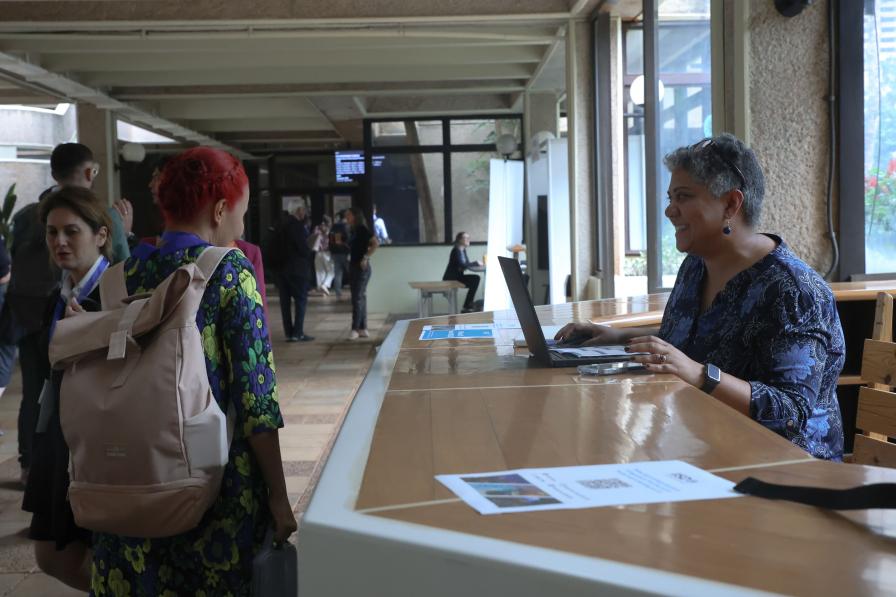In March 2022, when the 193 UN Member States agreed to end plastic pollution, including in the marine environment, the hard work towards an agreement on a treaty had only just begun. Over the course of discussions on this issue under the auspices of the UN Environment Programme (UNEP), states have been unable to agree on what segment of the plastic supply chain the future treaty should address—an issue that continues to complicate the scope of the future agreement.
UN Environment Assembly (UNEA) resolution 5/14 to end plastic pollution called for the new treaty to take a comprehensive approach, addressing the “full lifecycle of plastics.” But what exactly is the full lifecycle of plastics?
Want to dig deeper into the day's talks? Read the full Earth Negotiations Bulletin daily report.
Some states and stakeholders have favored a treaty with robust measures to address the production of plastic and everything down the line. Several others prefer a treaty that addresses the middle part of the plastic supply chain, namely the design of plastic products with added focus on additives and chemicals included in the manufacture of plastic products. Others take the position that the instrument should address plastic pollution leaking into the environment, considering only end-of-use aspects.
On Saturday, delegates attended a preparatory meeting to discuss issues related to the new instrument that have not previously been discussed at earlier sessions of the Intergovernmental Negotiating Committee (INC), including the scope. In opening remarks, Jyoti Mathur-Filipp, Executive Secretary, INC Secretariat, said the meeting offered a chance to collectively brainstorm on these issues, prior to the INC-3 negotiations, beginning on Monday.
Delegates based the day’s discussions on the Synthesis Report on the submissions received on elements not discussed at INC-2. Facilitated by Marine Collignon (France) and Danny Rahdiansyah (Indonesia), they broadly shared their views on the preamble, principles, definitions and scope of the new agreement. They also discussed the institutional arrangements of the future treaty, sharing views on the functions of the governing body, as well as the need for subsidiary bodies, a financial mechanism, and others for the successful implementation of the new instrument.
Late in the day, delegations heard a presentation by the Secretariat on the work that will be carried out between INC-3 and INC-4, with states engaging in a preliminary discussion on potential intersessional work. They agreed to pick these discussions up at the formal session of INC-3.
As the preparatory meeting came to a close at 8:12 pm, it was clear that the world is keenly watching this process, with news of an offsite demonstration against plastic pollution filtering into the UN Office in Nairobi. INC-3 will formally open on Monday, 13 November 2023.
To receive free coverage of global environmental events delivered to your inbox, subscribe to the ENB Update newsletter.
All ENB photos are free to use with attribution. For INC-3, please use: Photo by IISD/ENB | Anastasia Rodopoulou.
